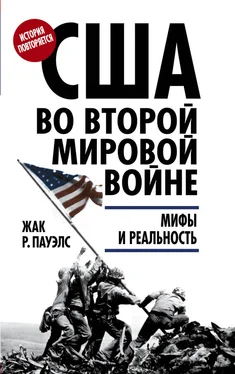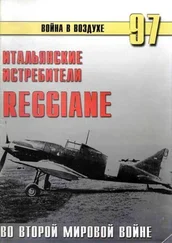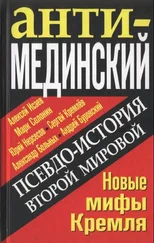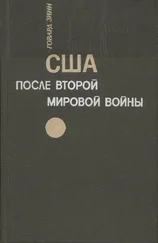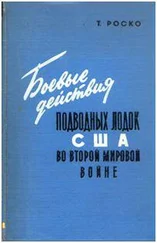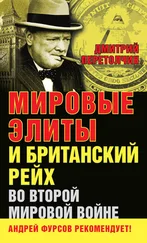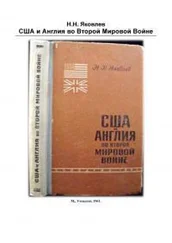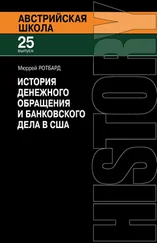Edwin Black, IBM and the Holocaust: The Strategic Alliance between Nazi Germany and America’s Most Powerful Corporation, London, 2001.
Edwin Black, Nazi Nexus: America’s Corporate Connections to Hitler’s Holocaust, Washington, DC, 2009.
John Morton Blum, V Was for Victory: Politics and American Culture During World War II, New York and London, 1976.
Rebecca Boehling, “US Military Occupation, Grass Roots Democracy, and Local German Government,” in Jeffry M. Diefendorf, Axel Frohn, and Hermann-Josef
Rupieper (eds.), American Policy and the Reconstruction of West Germany, 1945–1955, Cambridge, 1993, pp. 281–306.
Joseph Borkin, The Crime and Punishment of I.G. Farben, New York, 1978.
Stuart D. Brandes, Warhogs: A History of War Profits in America, Lexington, KY, 1997.
David Brinkley, Washington Goes to War, New York and Toronto, 1989.
Russell D. Buhite and Wm. Christopher Hamel, “War or Peace: The Question of an American Preventive War against the Soviet Union, 1945–1955,” Diplomatic
History, Vol. 14, No. 3, Summer 1990, pp. 367—84.
V. R. Cardozier, The Mobilization of the United States in World War II: How the Government, Military and Industry Prepared for War, Jefferson, NC, and London, 1995.
Peter N. Carroll and David W. Noble, The Free and the Unfree: A New History of the United States, 2nd edition, New York, 1988.
Sean Dennis Cashman, America, Roosevelt, and World War II, New York and London, 1989.
Ron Chernow, The House of Morgan: An American Banking Dynasty and the Rise of Modern Finance, New York, 1990.
Wayne S. Cole, Roosevelt and the Isolationists, 1932—45, Lincoln, NE, 1983.
James V. Compton, “The Swastika and the Eagle,” in Arnold A. Offner (ed.), America and the Origins of World War II, 1933–1941, New York, 1971, pp. 159—83.
Ed Cray, Chrome Colossus: General Motors and its Times, New York, 1980.
Richard G. Davis, “‘Operation Thunderclap’: The US Army Air Forces and the Bombing of Berlin,” Journal of Strategic Studies, Vol. 14, № 1, March 1991, pp. 90—111.
Bernard F. Dick, The Star-Spangled Screen: The American World War II Film, Lexington, KY, 1985.
Jeffry M. Diefendorf, Axel Frohn, and Hermann-Josef Rupieper (eds.), American Policy and the Reconstruction of Germany, 1945–1955, Cambridge, 1993.
John P. Diggins, Mussolini and Fascism: The View from America, Princeton, NJ, 1972.
Bill Doares, “The Hidden History of World War II, Part I: Corporate America and the Rise of Hitler,” Workers’ World, New York, May 4, 1995.
Michael Dobbs, “US Automakers Fight Claims of Aiding Nazis,” The International Herald Tribune, December 3, 1998 (1998a).
“Ford and GM Scrutinized for Alleged Nazi Collaboration,” The Washington Post, December 12, 1998 (1998b).
William E. Dodd, Jr., and Martha Dodd (eds.), Ambassador Dodd’s Diary 1933–1938, New York, 1941.
Justus D. Doenecke, “Rehearsal for Cold War: United States Anti-Interventionists and the Soviet-Union, 1939–1941,” International Journal of Politics, Culture and Society, Vol. 7, No. 3, 1994, pp. 375—92.
Justus D. Doenecke and John E. Wilz, From Isolation to War 1931–1941, 2nd edition, Arlington Heights, IL, 1991.
Roy Douglas, The World War 1939–1943: The Cartoonists’ Vision, London and New York, 1990.
Doug Dowd, Blues for America: A Critique, A Lament, and Some Memories, New York, 1997.
Richard B. Du Boff, Accumulation and Power: An Economic History of the United States, Armonk, NY, and London, 1989.
Murray Edelman, Constructing the Political Spectacle, Chicago and London, 1988.
Keith E. Eiler, Mobilizing America: Robert P. Patterson and the War Effort 1940–1945, Ithaca, NY, and London, 1997.
Carolyn Woods Eisenberg, “U.S. Policy in Post-war Germany: The Conservative Restoration,” Science and Society, Vol. XLVI, No. 1, Spring 1982, pp. 24–38.
“Working-Class Politics and the Cold War: American Intervention in the German Labor Movement, 1945—49,” Diplomatic History, Vol.7, No. 4, Fall 1983, pp. 283–306.
“The Limits of Democracy: US Policy and the Rights of German Labor, 1945–1949,” in Michael Ermarth (ed.), America and the Shaping of German Society, 1945–1955, Providence, RI, and Oxford, 1993, pp. 60–81.
Drawing the Line: The American Decision to divide Germany, 1944–1949, Cambridge, 1996.
Michael Ermarth (ed.), America and the Shaping of German Society, 1945–1955, Providence, RI, and Oxford, 1993.
“Fanta boooo,” Ciao! October 12, 2008, www.ciao.co.uk/Fanta_Orange__ Review_5794341.
David Farber, Sloan Rules: Alfred P. Sloan and the Triumph of General Motors, Chicago and London, 2002.
Joe R. Feagin and Kelly Riddell, “The State, Capitalism, and World War II: The US Case,” Armed Forces and Society, Vol. 17, No. 1, Fall 1990, pp. 53–79.
Peter G. Filene, American Views of Soviet Russia 1917–1965, Homewood, IL, 1968.
Philip Sheldon Foner, History of the Labor Movement in the United States. Volume VIII: Postwar Struggles, 1918–1920, New York, 1988.
Elizabeth A. Fones-Wolf, Selling Free Enterprise: The Business Assault on Labor and Liberalism, 1945—60, Urbana, IL, and Chicago, 1994.
John S. Friedman, “Kodak’s Nazi Connections,” The Nation, March 26, 2001.
Grover Furr, Khrushchev Lied: The Evidence That Every ‘Revelation’ of Stalin’s (and Beria’s) ‘Crimes’ in Nikita Khrushchev’s Infamous ‘Secret Speech’ to the 20th Party Congress of the Communist Party of the Communist Party of the Soviet Union on February 25, 1956, is Probably False, Kettering/Ohio, 2010.
Paul Fussell, Wartime: Understanding and Behavior in the Second World War, New York and Oxford, 1989.
John Lewis Gaddis, The United States and the Origins of the Cold War 1941–1947, New York and London, 1972.
Lloyd C. Gardner, Architects of Illusion: Men and Ideas in American Foreign Policy 1941–1949, Chicago, 1970.
John A. Garraty, Unemployment in History: Economic Thought and Public Policy, New York, 1978.
Hans W. Gatzke, Germany and the United States: A “Special Relationship”? Cambridge, MA, and London, 1980.
Dieter Georgi, “The Bombings of Dresden,” Harvard Magazine, Vol. 87, No. 4, March-April 1985, pp. 56–64.
Germany Surrenders 1945, Washington, DC, 1976.
J. Arch Getty, Gabor Rittersporn, and Victor Zemskov, “Victims of the Soviet Penal
System in the Pre-War Years: A First Approach on the Basis of Archival Evidence,” American Historical Review, Vol. 98, October 1993, pp. 1017—49.
John Gimbel, “The American Reparations Stop in Germany: An Essay on the Political Uses of History,” The Historian, Vol. 37, No. 2, February 1975, pp. 276—96, “U.S. Policy and German Scientists: The Early Cold War,” Political Science
Quarterly, 1986, No. 3, pp. 433—51.
“The American Exploitation of German Technical Know-How after World War II,” Political Science Quarterly, Vol. 105, No. 2, Summer 1990, pp. 295–309 (1990a).
“German Scientists, United States Denazification Policy, and the ‘Paperclip’ Conspiracy,” The International History Review, Vol. XII, No. 3, August 1990, pp. 441—65 (1990b).
“Project Paperclip: German Scientists, American Policy, and the Cold War,” Diplomatic History, Vol. 14, No. 3, Summer 1990, pp. 343—65 (1990c).
“Science, Technology, and Reparations in Postwar Germany,” in Jeffry M. Diefendorf, Axel Frohn, and Hermann-Josef Rupieper (eds.), American Policy and
the Reconstruction of Germany, 1945–1955, Cambridge, 1993, pp. 175—96.
John Gray, False Dawn: The Delusions of Global Capitalism, London, 1998.
A. C. Grayling, Among the Dead Cities: Was the Allied Bombing of Civilians in WW II a Necessity or a Crime? London, 2006.
Читать дальше
Конец ознакомительного отрывка
Купить книгу
